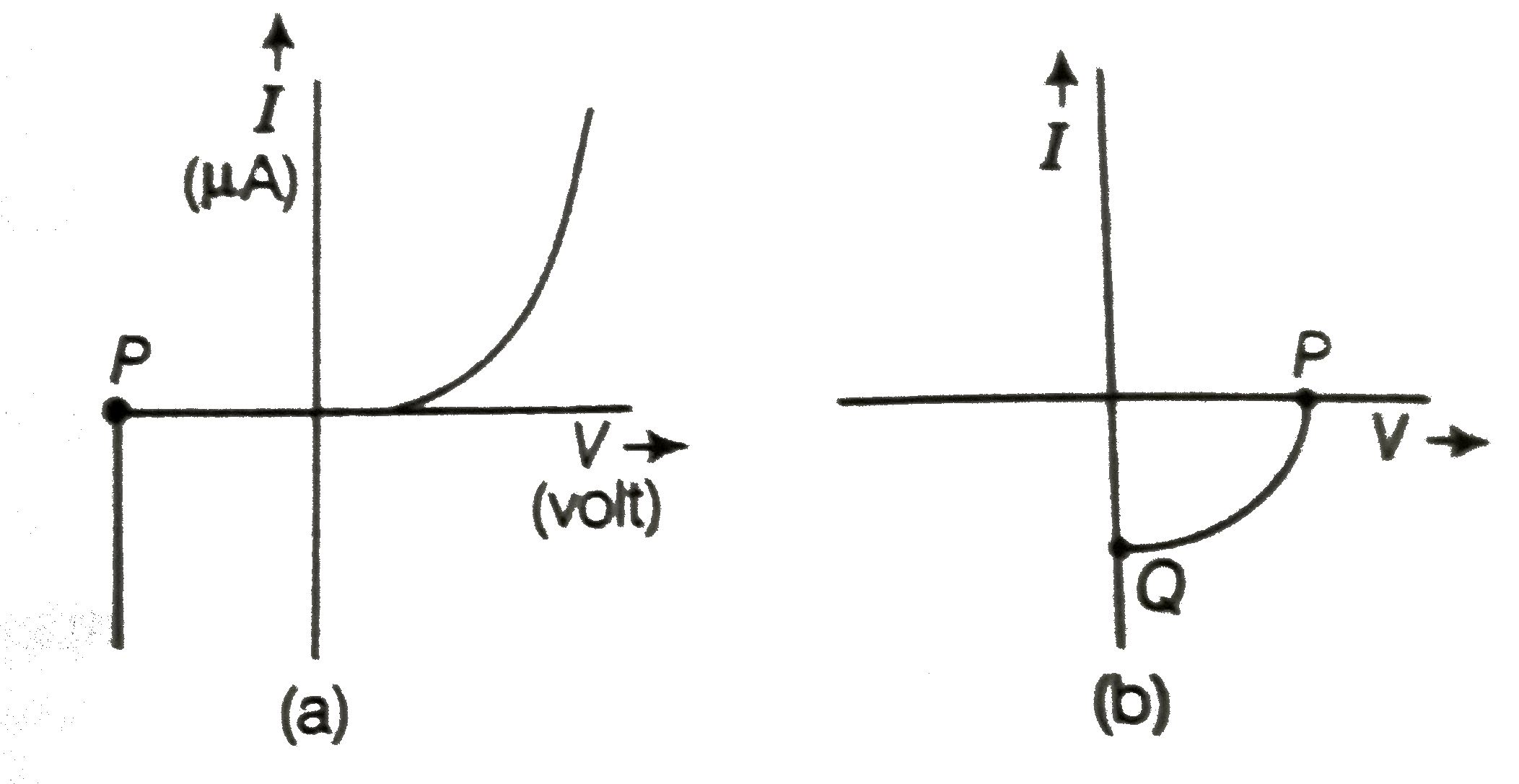A small stone of mass m(=200g) is held under water in a jar and is allowed to fall as shown in fig. the forces acting on stone are also shown.

(i) What does F2 represent ?
(ii) What does m1 represent?
(iii) What is the net force acting on stone?
(iv) What is the acceleration of stone as it falls through water? Neglect the force due to viscosity. Assume that the volume of stone
=80cm3, density of water =1.0gcm−3 and acceleration due to gravity g=10ms−2
(i) F2 represents the upthrust on stone due to water.
(ii) m1 represents the mass of water displaced by stone
(iii) Net force acting on stone =F1−F2 (downwards)
(iv) Given V=80cm3,ρ=1gcm−3,g=10ms−2,
m=200g=2001000kg=0.2kg
∴ weight of stone F1=mg=0.2kg×10ms−2=2N
Mass of water displaced m1=vρ=80×1=80g
=801000kg=0.08kg
upthrust F2=m1g=0.08kg×10ms−2=0.8N
Hence net downward force on stone
=F1−F2
=2−0.8=1.2N
∴ Acceleration=ForceMass=1.2N0.2kg=6m−2
Topper's Solved these Questions
- UPTHRUST IN FLUIDS, ARCHIMEDES' PRINCIPLE AND FLOATATIONBook:ICSEChapter:UPTHRUST IN FLUIDS, ARCHIMEDES' PRINCIPLE AND FLOATATIONExercise:EXERCISE 5(A)
Explore 28 Videos
- UPTHRUST IN FLUIDS, ARCHIMEDES' PRINCIPLE AND FLOATATIONBook:ICSEChapter:UPTHRUST IN FLUIDS, ARCHIMEDES' PRINCIPLE AND FLOATATIONExercise:EXERCISE 5(A) (Multiple Choice Question)
Explore 3 Videos
- SOUNDBook:ICSEChapter:SOUNDExercise:TOPIC 2 Infrasonic and Ultrasonic Waves ( 3 Marks Questions)
Explore 3 Videos
Similar Questions
A stone is released from an elevator going up with an acceleration of g2. What is the acceleration of the stone just after release ?
View Solution(i) Name the type of a diode whose characteristics are shown in figure (a) and (b)
(ii) What does the point P in fig. (a) represent ?
(iii) What does the point P and Q in fig. (b) represent ?

View Solution
Knowledge Check
A stone of mass 1 kg is lying on the floor of a train which is accelerating with 1ms−2. The net force acting on the stone is
AzeroB1NC5ND10NA cork of mass 10 g is floating on water. The net force acting on the cork is
A10NB10−3NC10−2NDzero
A stone of mass 0.05 kg is thrown vertically upwards. What is the direction and magnitude of net force on the stone during its upward motion?
View SolutionA ball falls freely from rest. The ratio of the distance travelled in first, second, third and fourth second is
View SolutionA stone is relaeased from an elevator gaing up with acceleration 5m/s2. The acceleration of the stone after the release is :
View SolutionWhat is stone leprosy and how is it caused ?
View SolutionA small block of mass m slides along a smooth frictional track as shown in the figure. If it starts from rest at P, what is the resultant force acting on it at Q?

View SolutionThree blocks with masses m , 2m and 3m are connected by strings, as shown in the figure. After an upward force F is applied on block m , the masses move upward at costant speed v . What is the net force on the block of mass 2m ? (g is the acceleration due to gravity). ltBrgt

View Solution